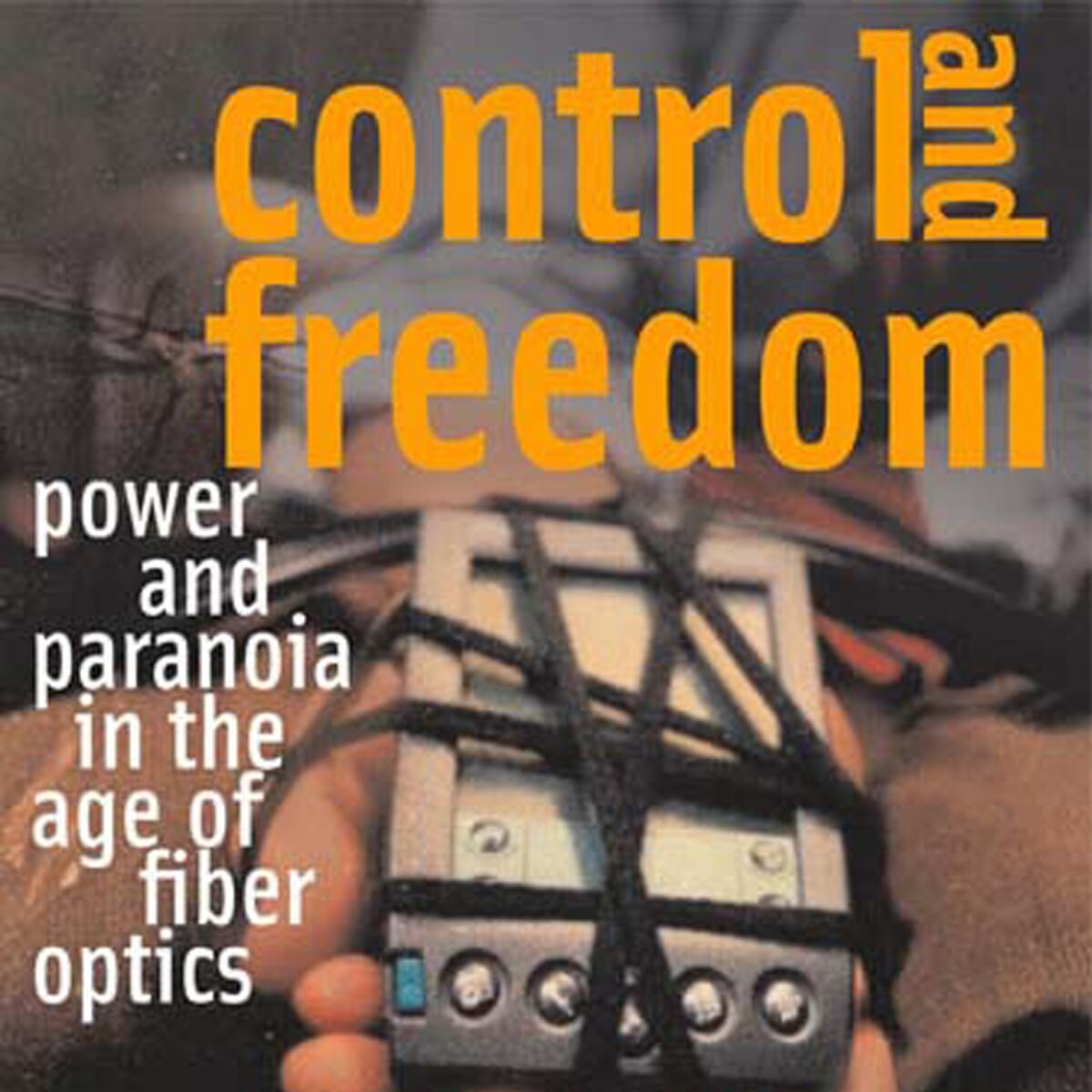Control and Freedom

Wendy Chun’s 2008 book Control and Freedom traces the rise of the internet as a mass medium, exploring ideas of freedom, connectivity, and the intersection of political and technological rhetorics. Chun explores the imperial roots that underpin ‘dreams of global connectivity and postcitizenship’:
Constructed as an electronic frontier, cyberspace managed global fiber-optic networks by transforming nodes, wires, cables, and computers into an infinite enterprise/discovery zone. Like all explorations, charting cyberspace entailed uncovering what was always already there and declaring it new. It obscured already existing geographies and structures so that space became vacuous yet chartable, unknown yet populated and populatable. Like the New World and the frontier, settlers claimed this “new” space and declared themselves its citizens—conveniently, there were no real natives (just virtual ones, created by cyberpunk). […] Moreover, cyberspace as a terrestrial yet ephemeral outer space turned attention away from national and local fiber-optic networks already in place toward dreams of global connectivity and postcitizenship. Those interested in “wiring the world” reproduced—and still reproduce—narratives of “darkest Africa” and civilizing missions.
Wendy Chun, Control and Freedom (2008), p.51
Analysing advertising for digital media, Chun concludes that commercials, magazine images and other popular representations “lure people onto the Internet with the threat of being left behind – they do not reassure people that everything will be ok” (Control and Freedom, 254-55).
Shared by Dr Dorothy Butchard, Lecturer in Contemporary Literature and Digital Cultures